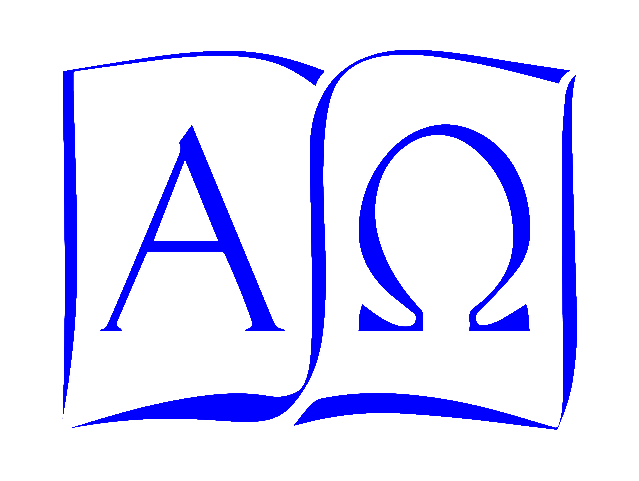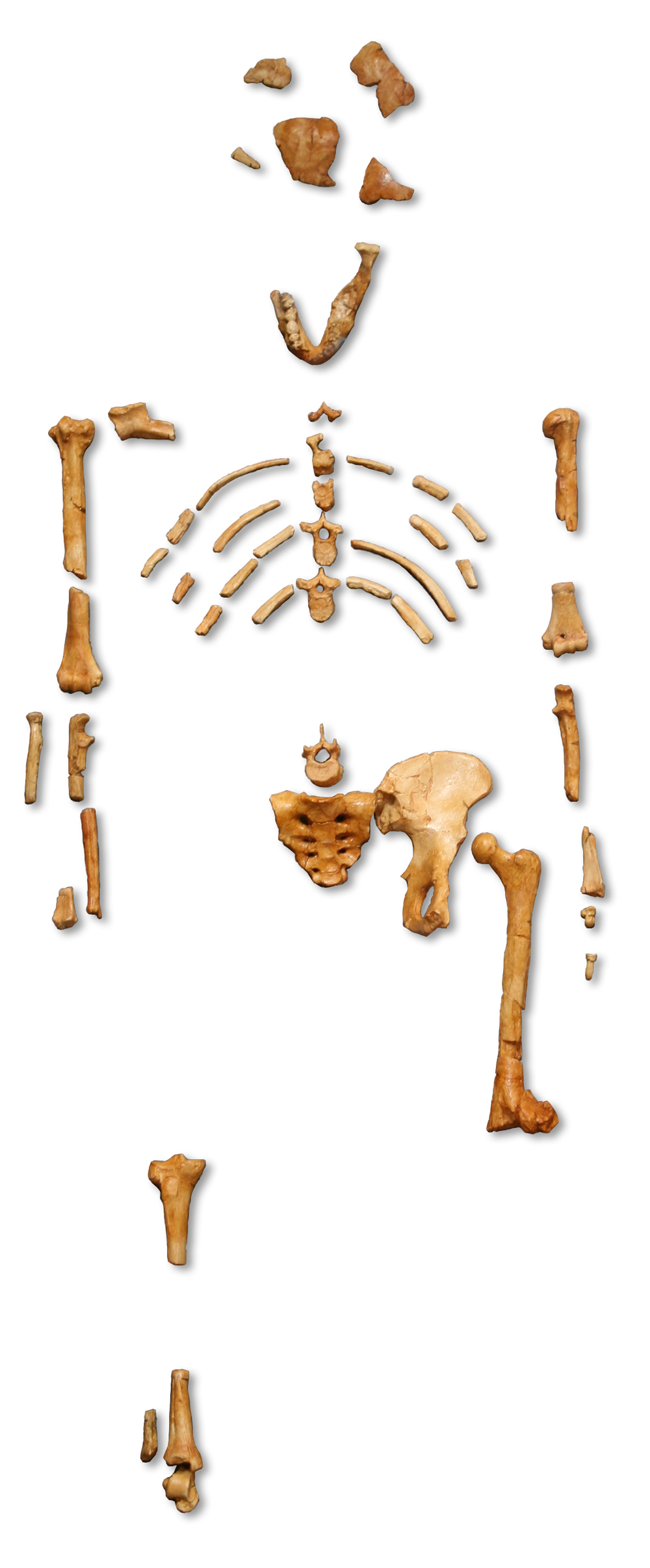On November 24, 1974, two anthropologists working in Ethiopia’s Afar Depression discovered bones from the skeleton of an a hominin, a human-like biological classification group. In particular, this skeleton appeared to be a member of the Australopithecus afarensis subgroup. Only about 40% of the skeleton was eventually recovered: part of one leg, pieces of both arms, ribs, a jawbone, sections of the skull.
Officially, she is “AL 288-1”. Because someone was playing the Beatles “Lucy in the Sky with Diamonds” on a cassette in the camp, the archaeologists nicknamed the individual represented by the skeletal fragments “Lucy”. Extensive comparison with other skeletal fragments yield varying estimates for Lucy’s height but some agreement on other aspects: she had a small skull, but walked upright on two legs, a very early example of a bipedal hominin. Standard methods of dating organic materials over 100,000 years old were tried; the fossils themselves don’t have enough of the right radioactive elements for conclusive dating but volcanic ash deposited at the same strata level where she was found has been dated to about 3.2 million years ago.
There is considerable debate over Lucy’s age, whether all of the fragments found are part of the same skeleton, whether she spent more time walking or moving around trees above the ground, and whether differences between her vertebrae structures and those found in other specimens represent mutations among her immediate ancestors or are the result of personal injury or developmental issues. Each of these characteristics involves comparisons where one or another aspect could be consider more important than others, and reflects back on how sets of dozens or hundreds of other fossils have been compared and classified.
In my Natural Science course, we discuss how the fundamental methods of any analytical process involve classification, whether we are examining a biological specimen or an historical event, a work of literature or an abstract idea. We need to ask how the item under consideration is like other similar items, and how it is unique in itself. These questions of identification and classification occupied the ancient Greek philosophers, and found their own classification and explanation in Aristotle’s Κατηγορίαι, the Categories, which became a core element of classical education.
Anthropologists use these methods of analysis and reasoning to explain why Lucy is not quite human, Australopithecus afarensis and not Homo sapiens, in a biological sense, at least. They can also help us realize that our biological composition is only one aspect of what makes us human.

